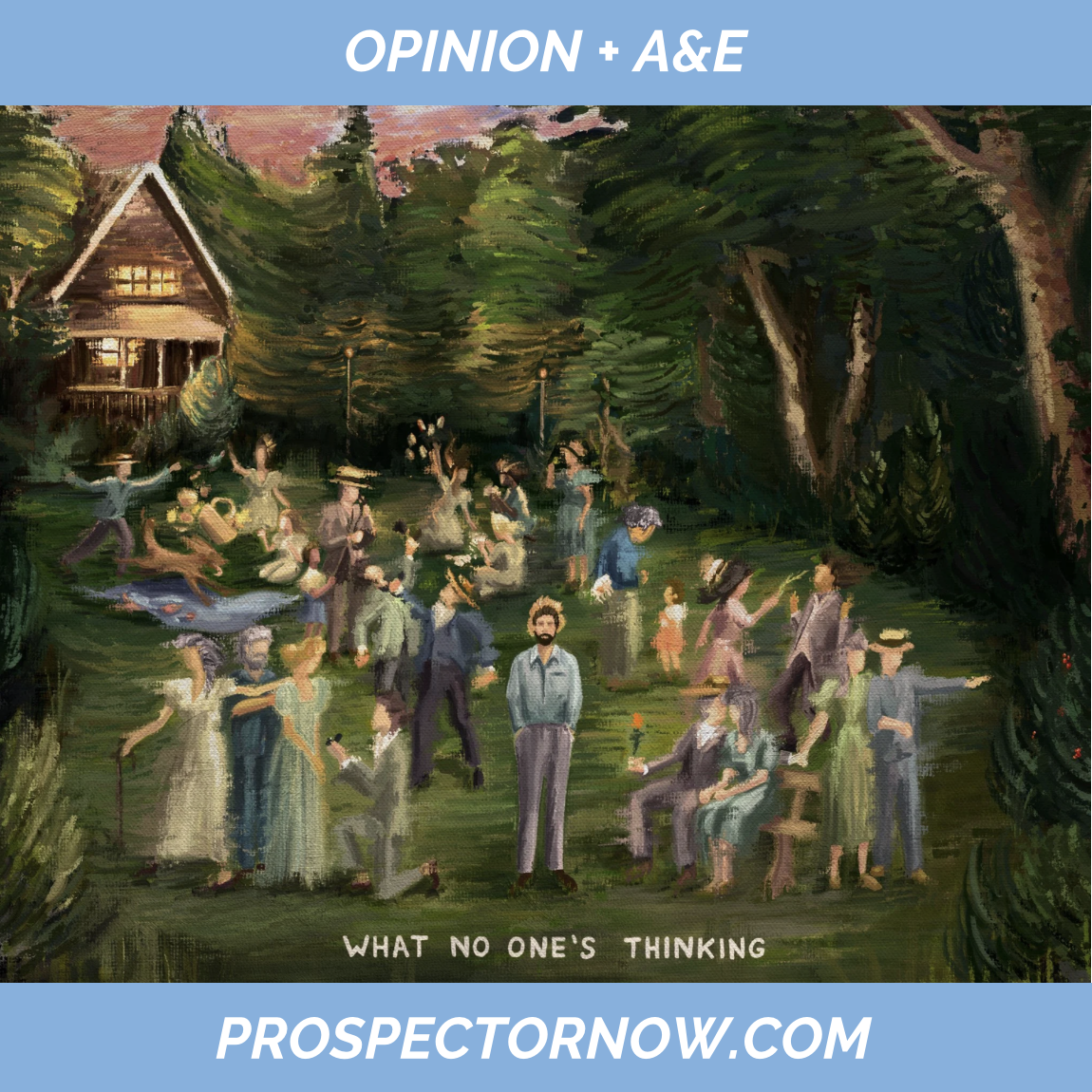Around the Kewarkis family’s Assyrian Thanksgiving table there is rice, kabobs, tabouleh, falafel and, of course, turkey. I’m not sure why we have turkey; it’s the least touched dish. Maybe in an effort to have a slightly American Thanksgiving? This is how every holiday goes: on Christmas we replace the mediocre turkey with slightly less mediocre ham!
Many families of various ethnic backgrounds celebrate Thanksgiving by incorporating American Thanksgiving foods with dishes from their cultures. At Prospect, 25.9% of students have cultural foods at Thanksgiving, according to a KnightMedia survey of 180 people.
Despite being half Polish and half Chinese, senior Alex Karokowski’s favorite thanksgiving food is stuffing. However, she also has pierogi and her grandma’s famous walnut cookies, which she used to help her grandma make as a kid.
“I kind of like the traditional thanksgiving food … you only really get stuffing and turkey … one time a year … but I also like the cultural dishes just [because] it brings a little uniqueness,” Karkowski said.
Senior and Greek Club president Tania Perna has Thanksgiving staples like turkey and pumpkin pie, but also cultural dishes like spanakopita, which is made out of phyllo dough, feta, spinach, at her celebration, her favorite dish being the dessert Bougatsa. Like me with Assyrian food, Perna appreciates the fact that she gets to have Greek food on Thanksgiving.
“I feel like food in general is a big part of Greek culture. We take it seriously … It’s definitely a lot of my family’s way of showing love,” Perna said.
My aunt spends the whole summer going to different farms, picking up grape leaves so she can make dolma for us, and I love it. I could eat her dolma everyday for weeks, and knowing how much work she puts into them makes it that much better.
On Thanksgiving, my family gathers in the living room, my uncle whips out his keyboard and bağlama to play, and my aunt joins in to sing in Neo-Aramaic, aka Assyrian. Do I understand what she sings? Nope, not always. But just hearing the words in my language is what makes it special.
On the other hand, the Karkowski family brings in a religious element to their Thanksgiving. They have a family prayer guided by a Bible verse hand-picked by Karkowski’s aunt.
“It’s very heartwarming … we bring religion into it a lot so it’s a real refresher from the world and the outside struggles,” Karkowski said. “It’s just a day for family so I don’t have to worry about friend drama, school drama and homework.”
Similarly, Perna’s Thanksgiving involves staying up late with her cousins and enjoying the day engaging with her Greek identity.
“I always just love hanging out with my cousins and getting to see them,” Perna said. “It’s so
nice to be immersed in my culture and hear everyone speaking Greek.”
Cultures like Perna’s are taught in classes like Human Geography and Cultural studies. Former teacher of both of these classes, Michelle Fonsino, explains how in both of these classes, students learn about where cultures originate and how they got there. In Cultural Studies, students get to choose which cultures they learn about as it is a very project based class. For example, at the end of the year they have a gallery walk, where students bring in food samples and present on a culture.
In Human Geography, linguistic differences between cultures are more touched upon. Fonsino wanted to teach these classes because she loves what makes people unique.

“I had always loved people … ever since I was younger I was able to appreciate why people are different,” Fonsino said. “I’m very lucky that my job enables me to not only teach different students but to hopefully enlighten them about … why people have different cultures.”
This is why I’ve participated in the Multicultural Fair for the past two years. Celebrating everyone’s culture is so important to me, especially when I come from a group of people, Assyrians, who have no land to call their home and make up roughly 0.05% of the world’s population.
So the next time someone asks me what my favorite Thanksgiving food is, I’m going to proudly explain how my celebration works, and how I’ve never had gravy, cranberry sauce and I don’t like mashed potatoes. Yeah, I said it! (By the way, it’s a texture thing). And I will explain how my family incorporates all of our ethnic foods because that’s what’s worth celebrating: culture.












